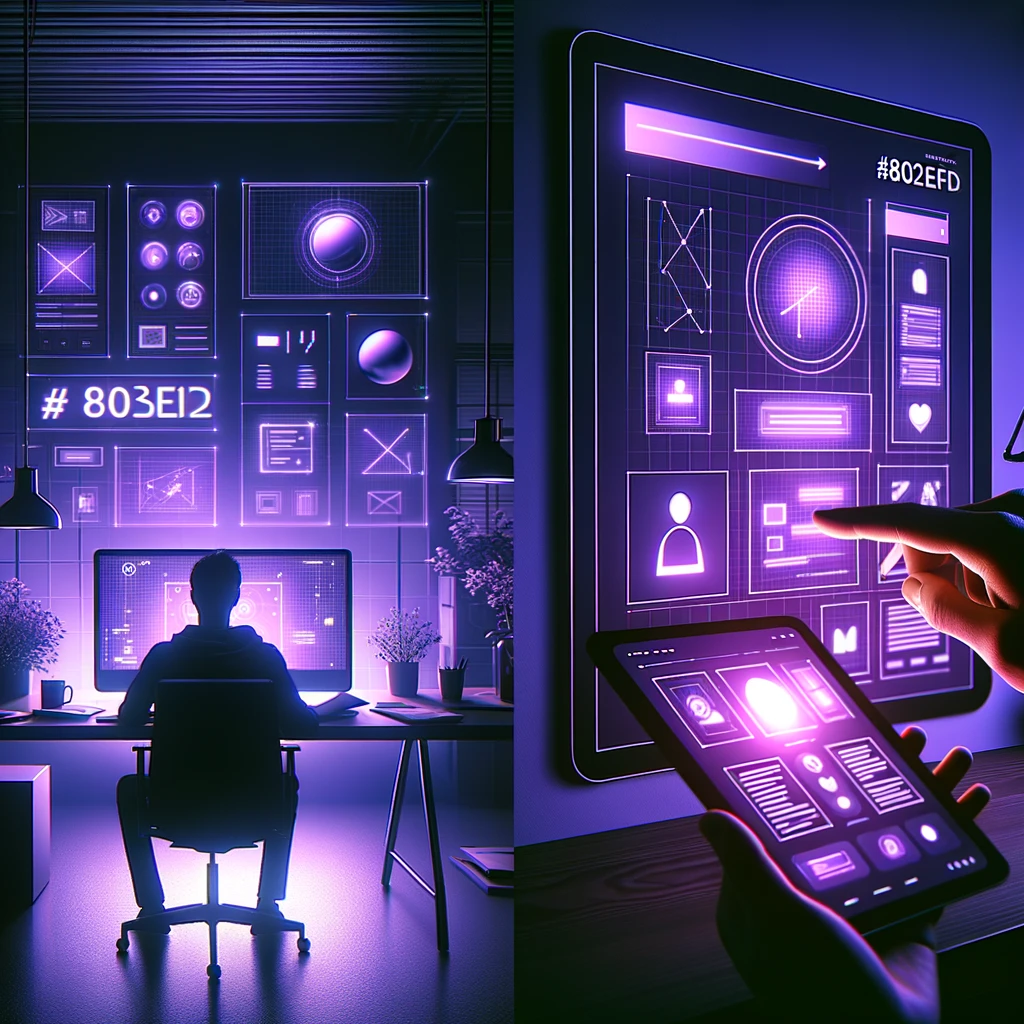UX/UI Design

"UI/UX Design stands for User Interface and User Experience design. While both elements work closely together, they refer to different parts of the process and the design discipline."
Amol Malpani (CTO, Cloudaeon)
Why choose us?
UI/UX design focuses on creating user-centric interfaces and experiences, ensuring that products not only function well but are also a delight to use. In the context of AI/ML, this means ensuring that complex data and functionalities are presented in an accessible, intuitive manner.
If you're thinking about how to make AI drive better business outcomes, start with a free readiness assessment and let us know when you're ready to start the conversation.
Key Use Cases
- Website/App Design: Creating user-friendly websites & applications.
- Mobile App Design: Designing intuitive mobile applications.
- Dashboard & Tool Design: Ensuring tools, especially complex ones, are user-friendly.
- E-commerce Experience: Creating an efficient and pleasant shopping experience.
- Accessibility: Designing for all users, including those with disabilities.
Key Benefits
- Poor User Adoption: Improving user engagement and retention by providing a better user experience.
- Complex Navigation: Simplifying and streamlining how users navigate through a platform.
- Unintuitive Interfaces: Making applications and websites more intuitive and user-friendly.
- Low Conversion Rates: Enhancing e-commerce or sign-up processes to improve conversions.
- Lack of Consistency: Ensuring that interfaces have a consistent look and feel across all touchpoints.
What We Offer
- User Research: Understanding the target users, their needs, preferences, and behavior.
- Information Architecture (IA): Organizing information in a clear and logical way.
- Wireframing: Creating basic, structural visuals of the interface.
- Prototyping: Building interactive models of the final product.
- UI Design: Designing the visual elements, interactive properties, and animations
- Usability Testing: Testing the interface with real users to identify issues.
- Implementation: Working with developers to bring the designs to life.
- Feedback and Iteration: Continually refining and improving the design based on feedback and analytics.
How We Work
- Understand the Audience: Conduct user research to understand the target users' needs, preferences, and pain points.
- Define the Problem: Clearly understand the problem the design aims to solve.
- Create User Personas: Representations of the different types of users.
- Design Information Architecture: Organize content and functionalities in a meaningful and accessible way.
- Wireframe: Create basic, structural visuals of the interface.
- Design Prototype: Build a clickable model of the solution.
- UI Design: Design the actual interface, choosing colors, fonts, and other visual elements.
- Usability Testing: Test the design with real users to identify issues and areas for improvement.
- Refinement: Make changes based on feedback.
- Handoff to Developers: Provide developers with assets, guidelines, and other necessary information to build the interface.
- Review & Iterate: Post-launch, gather feedback and continue to refine and improve the design.

Managed Services
- Data Visualization Expertise: Designing intuitive dashboards and visualization tools to represent complex AI/ML data.
- User Research for AI Tools: Understanding the specific needs of users when interacting with AI-driven platforms.
- Prototyping AI Interactions: Creating prototypes to test how users interact with AI features.
- AI-Driven Design Recommendations: Using AI to offer design suggestions, A/B testing, etc.
- Iterative Design for AI Features: Continually refining the user experience as AI models and functionalities evolve.
- Accessibility in AI Interfaces: Ensuring AI tools are accessible to users with disabilities.
- Collaboration Tools: Facilitating communication between designers, AI engineers, and other stakeholders.
- Training and Support: Offering guidance on best UI/UX practices specifically tailored for AI-driven platforms.
Readiness Check
In 10 minutes, get a score to assess your Readiness & Maturity. You'll get a clear score to help your identify areas of improvement.
Getting Started
If you are ready to engage with us and would like do dive deeper into the subject, go ahead and book in a Discovery Workshop with our Practice Leads.
